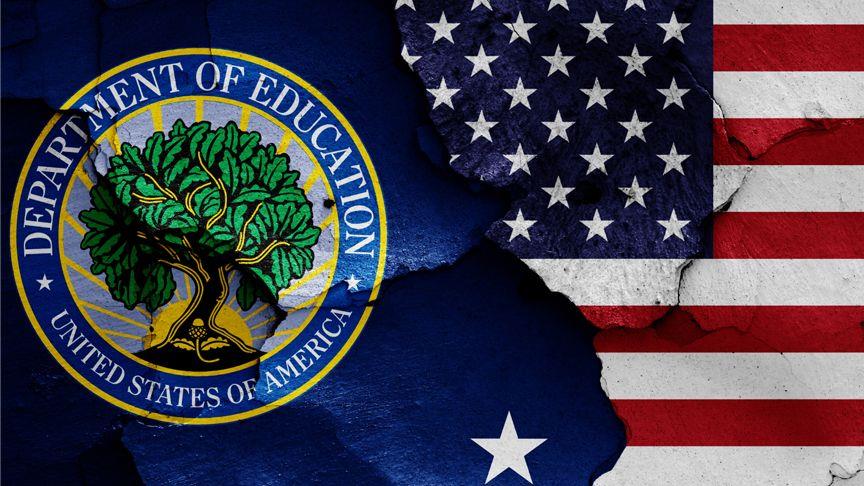The modern U.S. Department of Education, inaugurated on May 4, 1980, was born out of the original Department of Education in 1867. President Jimmy Carter's administration revived it in 1980 to manage federal school aid and enforce education laws.
Federal involvement in education, however, started long before the Department's formal constitution in 1980. Post World War II, the government played an instrumental role in the education sector. For instance, the 1944 GI Bill provided substantial educational benefits to veterans returning from the war. The 1980 establishment of the Department of Education as a cabinet-level agency was seen as a testament to the increasing significance of education in the country's priorities.
At the helm of the Department of Education is the Secretary of Education, who not only advises the President on educational policies and programs but also holds a position in the nation's line of succession, standing sixteenth. In March 2021, Dr. Miguel Cardona received Senate confirmation to lead the Department. The Department of Education has about 4,400 employees - the smallest staff of the Cabinet agencies - and an annual budget of $68 billion.
The DOE's publicly stated mission is "Advancing student achievement and championing equal access to education." It alleges to be the pillar that upholds nationwide educational policies, disseminates financial aid, and imparts guidance to American schools. However, there seems to be a glaring disparity between these lofty ambitions and the tangible results, especially in the country's urban centers.
One of the primary causes of this skepticism lies within the DOE's financial operations. Despite receiving a chunk of the federal budget, there is ample room for doubt regarding the effectiveness of fund utilization.
The department's funding distribution is shrouded in obscurity. A 2017 U.S. Government Accountability Office (GAO) report highlighted. The report raised serious questions regarding the monitoring and performance of the U.S. Department of Education. The GAO identified four central issues: oversight, data quality, capacity, and evaluation methods. Their investigations found consistent shortcomings in tracking the use of grant funds, with many required monitoring documents missing.
 |
| File Photo |
One of the most contentious aspects of the DOE's approach lies in its obsessive focus on standardized testing. Advocates argue that standardized testing is a method to hold schools accountable and measure student achievement. Critics point out that this narrow focus stymies creativity, problem-solving, and critical thinking skills.
The department's testing-centric outlook tends to sideline vital educational aspects in favor of performance metrics. The consequential pressure on students and teachers to produce high test scores often leads to a practice of "teaching to the test," compromising a comprehensive understanding of subjects.
As U.S. citizens, we should care about the actions and leadership of the U.S. Department of Education because it shapes the future of our children, our communities, and the nation.
You can contact the U.S. Department of Education at 1-800-USA-LEARN (1-800-872-5327) or 202-401-2000. Assistance is available in Spanish and over 170 other languages. If you have common inquiries, consider checking their Frequently Asked Questions at www.ed.gov/answers.
